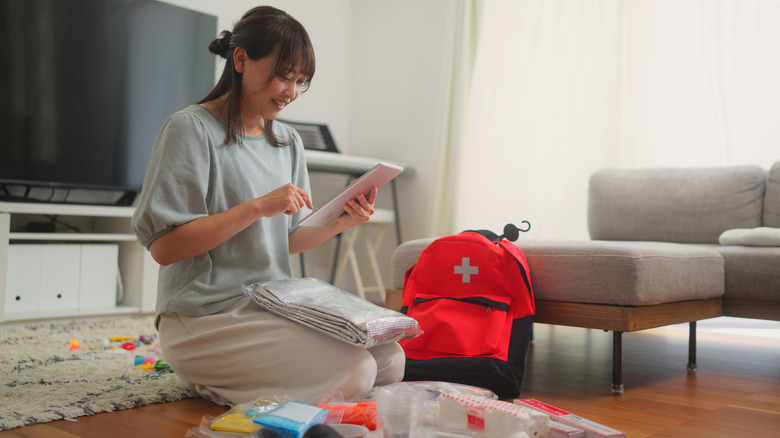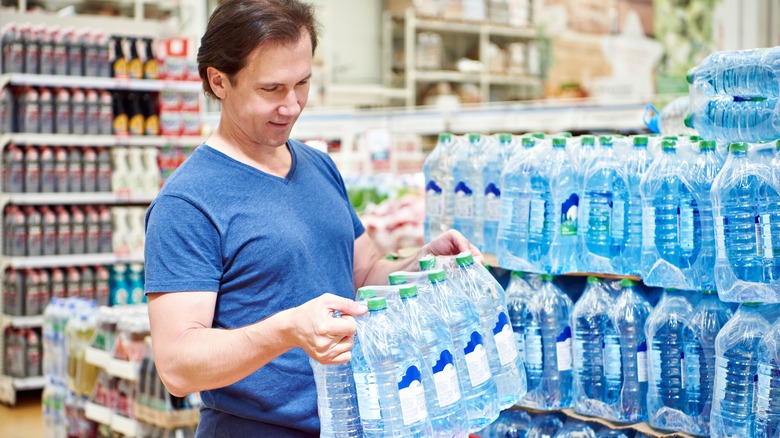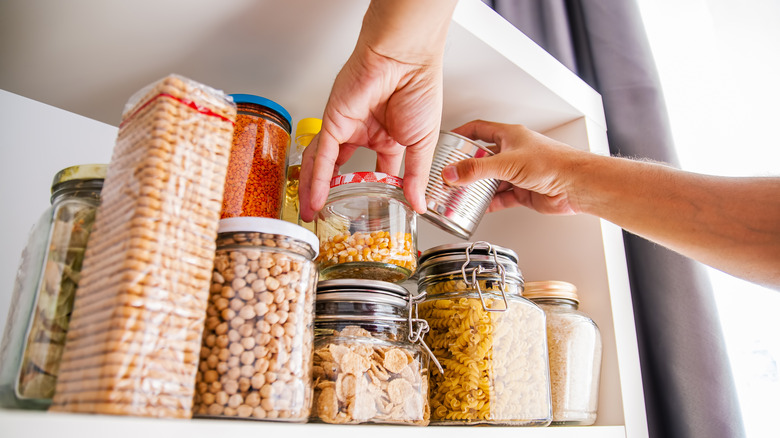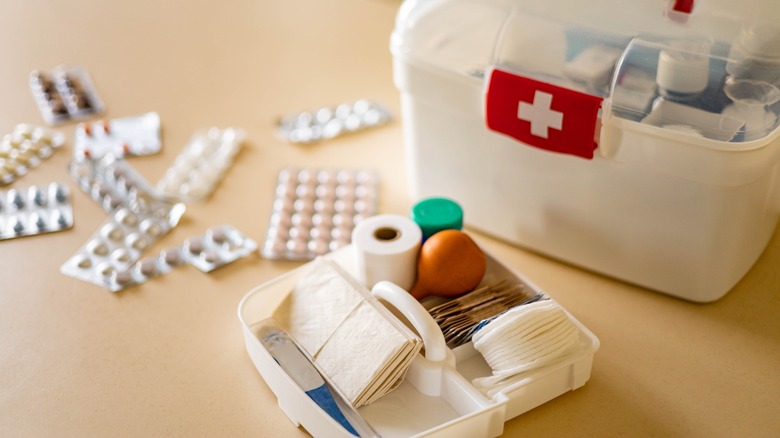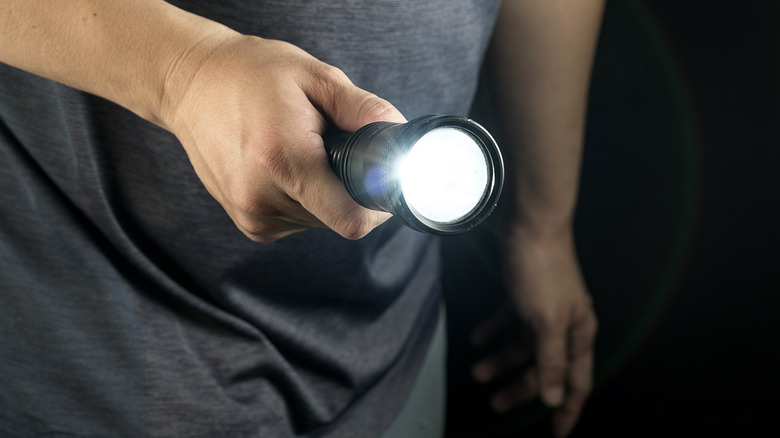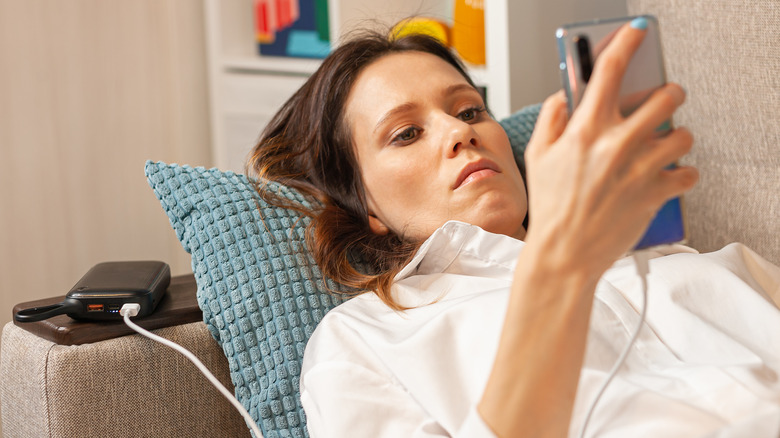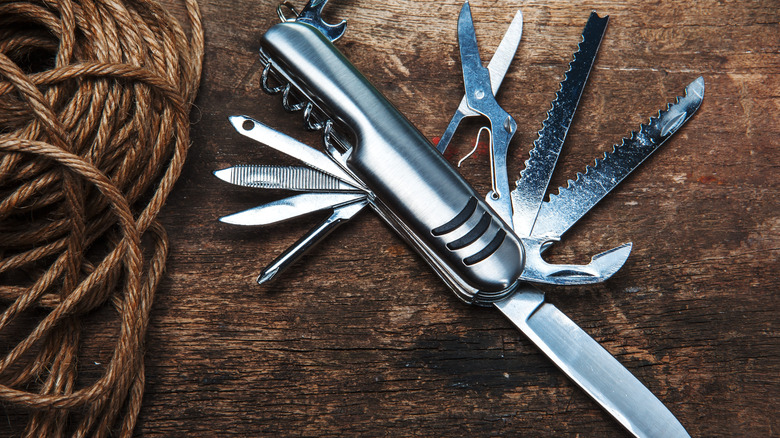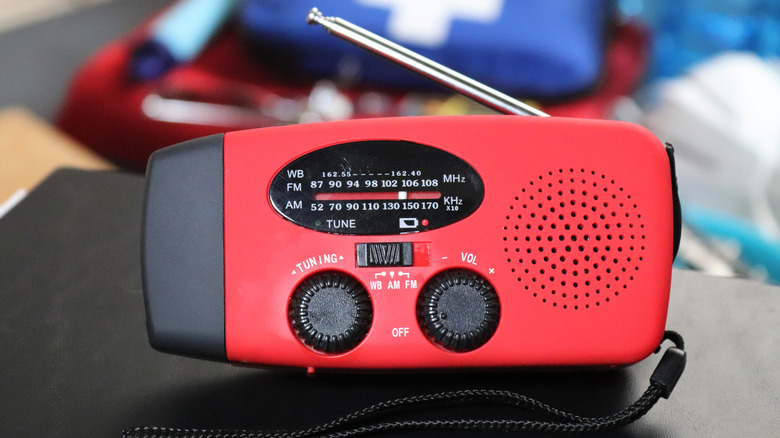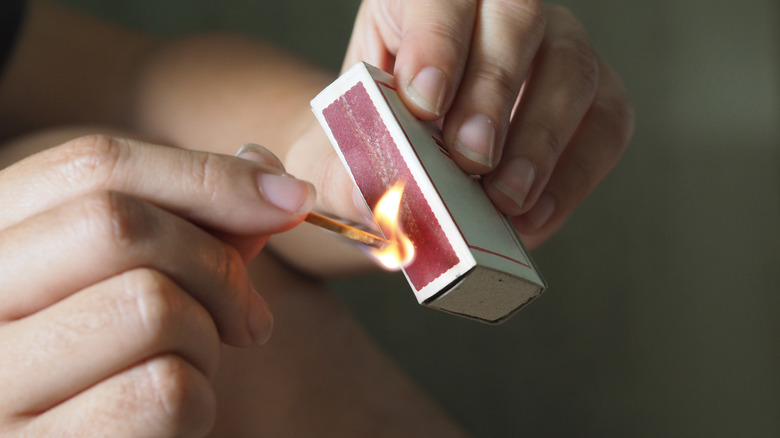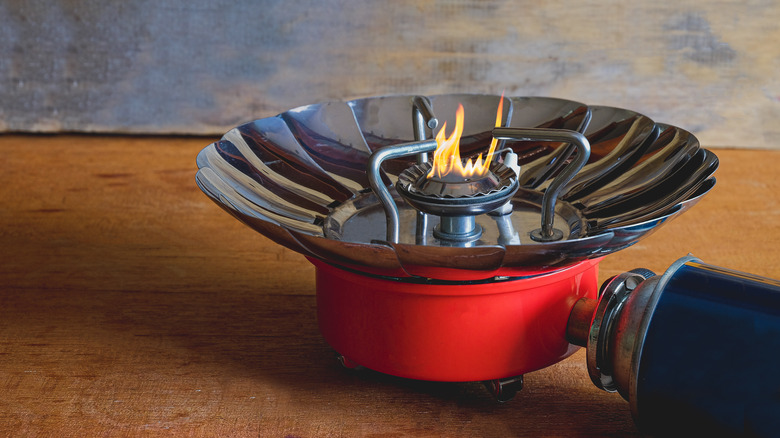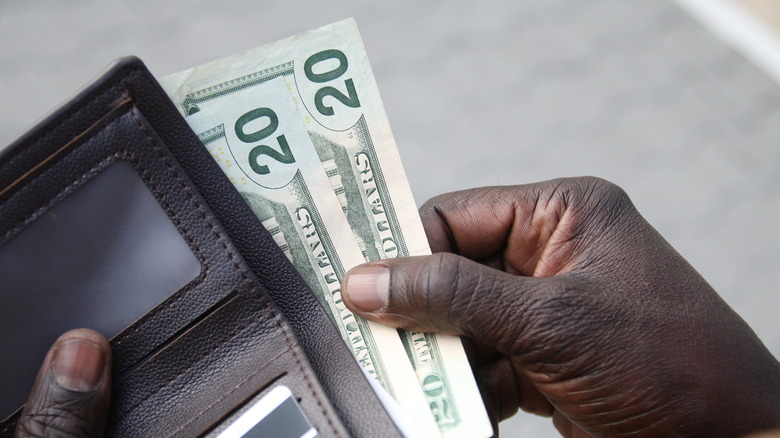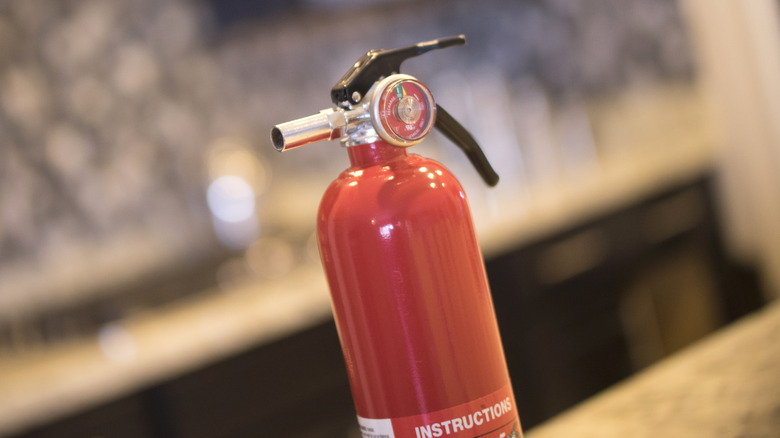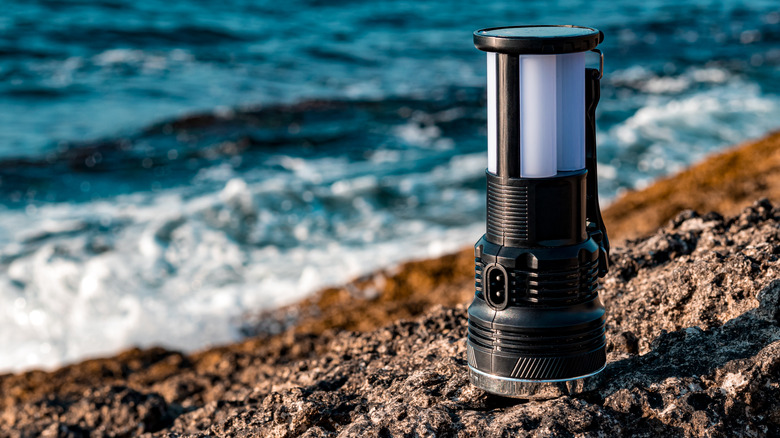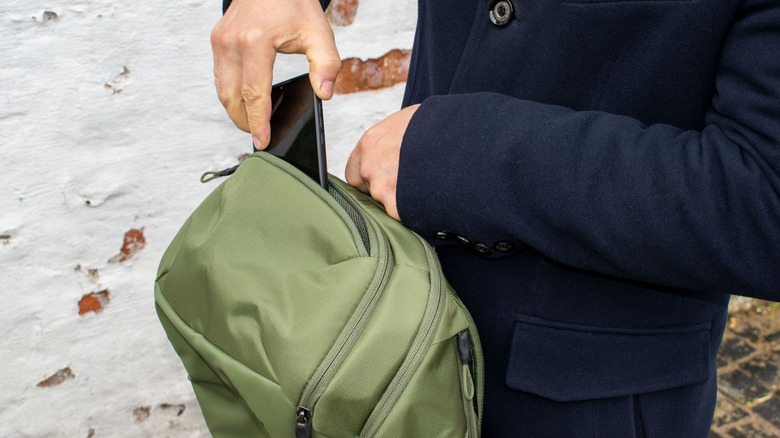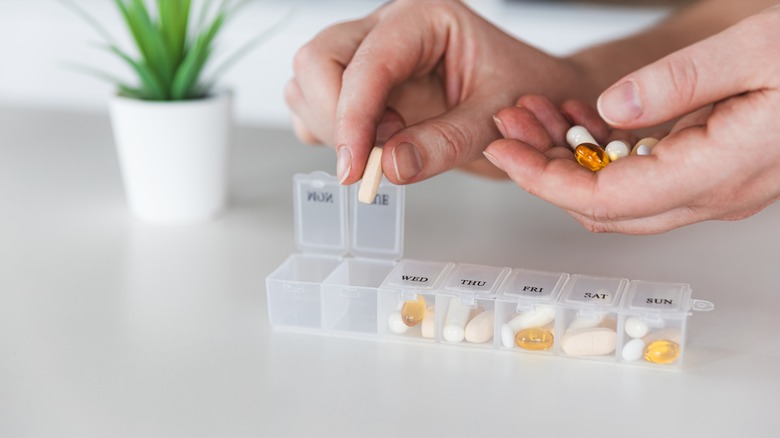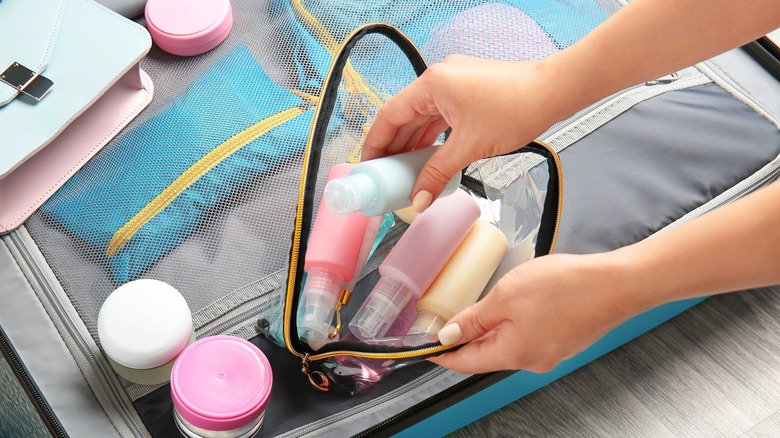Emergency Supplies That Every House Should Have Stocked
When someone talks about emergency supplies, what comes to mind? Usually, basic things like food, water, and a flashlight are some of the first things you think of, but what else is there? Not every emergency kit is created equal, and your supply variety can come in handy in a pinch.
After all, it's not about just having various things; it's about having the right ones. For example, knowing you have a solar-powered radio to keep you informed when the power goes out, or realizing how important a multi-tool is to help tackle small repairs, shows you are better prepared to weather the emergency. Instead of blindly gathering items to stash away, you want to strategically plan for different scenarios.
Along with knowing what to have stocked, you want to know how to store everything to ensure they last and are ready to go. The goal is to carefully select and manage the precious supplies that will get you through your situation as comfortably as possible. So, you'll want to know what to have, how to store them, and how to ensure that you have a comprehensive emergency kit before you actually need it.
Water will stay good for a long time
The CDC recommends you have a gallon of water stored for every person per day for up to three days, but ideally for two weeks. As long as you keep it under the right conditions, you can store it indefinitely. This being said, note that how long it stays safe depends on your storage situation because not storing it correctly lets contaminants (like algae) grow.
Having water stored allows you to cook, stay hydrated, and helps with sanitation. To store it, use airtight, sturdy containers that come specifically to hold water, like a 55-gallon drum made out of food-grade, BPA-free plastic or a 6-gallon Mylar storage bag. Keep them in a dark, cool spot to stop the plastic from breaking down or algae growing. Rotate your water supply every six months to a year to keep it fresh and mark the storage dates on each container to help keep track.
Non-perishable food can last for years
Non-perishable foods are dried fruits, canned vegetables, and grains which have long storage dates. The USDA says you can keep commercially canned high-acid foods (tomatoes and fruit) for 18 months and low-acid foods (vegetables and meat) for two to five years under the correct storage conditions. This makes them a perfect food source in a power outage when you may not be able to keep things refrigerated or in the freezer to prevent spoiling.
Pick out a dry, cool spot to store your canned goods where the temperatures stay steady to keep your canned items from spoiling faster. Many people like to have a small storage nook in the basement or root cellar because it's naturally darker and cooler. Organize everything with the closest expiration dates in front so you use them first (first-in, first-out method), and rotate them every six months to a year. This allows you to use your food before it's too old and gives you a reliable source of healthy options. Also, organize and store pantry items like grains and rice in pest-proof sealed glass or plastic containers.
Occasionally replace old items from a first aid kit
A well-stocked first aid kit has bandages and dressings, antiseptics, disposable gloves, tweezers, scissors, over-the-counter (OTC) medications, antihistamines, cold packs, thermometers, emergency contact information, and allergy lists. Remember, each item will expire at different times, with bandages lasting for years and medications having much shorter expiry periods. Keeping track of these lifespans allows you to swap out expired items to keep your first aid kit effective and ready to handle any minor emergencies safely.
Organizing your emergency kit is also essential because having quick access to whatever you need can make a huge difference in being able to promptly treat symptoms or injuries and lowering the risk of infection. If your first aid kit doesn't come with a storage box, put your things in an airtight and watertight container in a cool, dry spot that is out of the way of your kids and pets. Keep a smaller kit in your car for emergencies, too.
Flashlight and batteries are essential
LED flashlights give you durable, efficient lighting that lasts for hours during an emergency or power outage. Lithium batteries last 10 to 12 years, carbon zinc three to five, and alkaline batteries between five and 10 years. Have various types of batteries on hand to ensure you can power all of your flashlights, lamps, and lanterns during an emergency situation. Also, for battery-powered emergency lighting, your batteries have to last at least 90 minutes and require regular testing.
Having flashlights and extra batteries on hand will help you safely move around without electricity, avoiding injuries and helping you find your supplies or exit routes. Store your flashlights and batteries in a dark, cool space that is accessible in total darkness, like in the kitchen, bedside drawer, or in your car. Keep the batteries in the original packaging in a dry spot next to the flashlights. It's also a good idea to organize your batteries by material so you know which ones last longest and which to swap out sooner.
A portable charger will keep you connected
Portable chargers or power banks store electrical energy, letting you charge your tablets, phones, and electronics without a power outlet. Some can have enough power to charge several devices over a few days. The duration it lasts before needing a recharge depends on its mAh (milliampere-hour) and how much energy whatever you charge pulls. While higher-capacity power banks give you more charging cycles (between 500 and 1,000), they take longer to recharge.
A power bank helps you stay connected during an emergency by ensuring your phone is operational so you can reach your family and friends. Keep your power bank fully charged and store it in a dry, cool spot you can quickly get to. Also, consider adding a solar-powered model that gives you an endless power supply as long as you have sunlight. If you notice frayed cables or the charger getting hot as it works, throw your charger away to avoid fire hazards.
A multi-tool offers versatility
A multi-tool is a compact, versatile item featuring several tools. It usually has screwdrivers, knives, pliers, scissors, or can openers built in. Regularly cleaning and oiling your multi-tool allows it to last for years for emergencies. The durability and tool range make this item invaluable for everyday use and unpredictable situations. The design's goal is convenience, offering a host of tools in one compact handheld device.
This neat tool helps in a host of situations, including simple repairs on the fly or when needing multiple tools at once. Also, if you get a rescue and entry multi-tool, it helps break locks, get into buildings, turn off the gas or water, and lift heavy things. It's great for projects where a full tool set is impractical to carry. It's compact, allowing you to tighten screws, cut things, or open canned goods. Store it in a watertight, accessible spot, like your first-aid kit or your car's glove compartment, to ensure you can grab it and go.
Your emergency radio will keep you up to date
An emergency radio helps you listen to broadcast news or weather alerts, critical during power outages or natural disasters. Models with solar power or a hand crank are especially great because they don't need external power sources. If you clean it regularly, it can run for years. It's an indispensable tool to help you stay updated in emergency situations where traditional communication methods fail.
Use your emergency radio to get weather condition updates, disaster alerts, and important news, especially when the internet and power don't work. It's valuable because it works independently from the electrical grid, ensuring you stay connected. Your emergency radio needs to go in a spot where you can easily get to it and listen for the broadcasts in a natural disaster or emergency situation, and ensure it is dry, cool, and out of the sun. Every month, check your radio and power sources to see if it works. If you get a NOAA Weather Radio-All Hazards receiver, you'll get a test alert every Wednesday to ensure it works.
Matches and lighters can be used for light and cooking
Matches or lighters help you make fire for warmth, cooking, or light. When stored correctly, matches can last for decades. However, they must be kept dry and in a dark place because water will stop the lighter fuel from getting to the temperature where it combusts, and sunlight can cause your matches to start a fire. These are important fire-starting supplies in a survival situation, guaranteeing that you can make meals or stay warm even in severe conditions.
Store your lighters and matches in a waterproof container to prevent moisture from soaking the matches or corroding the lighter. Place sets of lighters and matches around your home and in your emergency kit. This ensures you'll have access to a fire-making method, even if one set is compromised, making you more prepared and safer. Check them once a month to ensure they're dry and will light. If they're wet, dry them out, recheck them, and ensure you have a waterproof storage space.
Cooking supplies come in a wide variety
Cooking supplies cover a host of items that you routinely use to make your meals. Families may have different needs, but at the very least, this typically includes pots and pans, cutlery, and a portable burner with fuel. If you use harder alloys like cast iron or stainless steel, they can survive for many years if you learn how to care for them correctly, but this also makes them heavier to carry around. Sticking a basic cooking set aside means that you can effectively prepare food, whether this is in your home or in a space where you don't have access to traditional kitchen amenities, giving you flexible meal prep stations.
Having cooking supplies allows you to make food during power outages, emergencies, or when you travel. To ensure they last and are ready to go, store them in a dry place that's easy to reach and protected from potential humidity and temperature damage or the elements. If you use a portable stove, check your fuel supplies and keep extra. Place all of your cooking supplies in a storage container or bag that is easy to grab and go if needed.
Place some cash in a portable emergency kit
Cash includes coins and bills, and you don't need access to a digital banking system to use it. Having cash is great for immediate transactions, especially if you're in a spot where electronic payment systems go down or aren't available, like during power outages. It gives you a way to buy services or essentials without using modern technology, which may fail at critical points.
Store your cash in a safe, secure spot in your home, ideally in a hidden but accessible safe or lock box. Put some bills in your emergency kits, especially if you have one in your car or in any portable emergency supply kits to ensure you have money when you need it. Regularly check and rotate your cash to ensure you have the current denominations and a practical mix of large and small bills. Utah State University recommends starting with $20 and slowly building up your reserves.
A whistle can help find someone
Even though whistles are small, they can generate a loud, piercing noise (up to 120 decibels) when you blow on them. This noise can be heard a long way and can help you find help in an emergency. They typically feature durable materials like metal or plastic in their design, and this lets you use them repeatedly or have them out in harsh conditions without damage. They allow you to alert people to your location without exhausting yourself.
To help you stay safe, especially when exploring, in the event of a disaster, or if you are cut off from your family or friends, include a few whistles in your emergency supplies pile. It will be easier to ensure you have access to it while preventing damage or mold growth if you store it in a waterproof container or bag. It's also possible to attach it to a keychain or lanyard that allows you to carry it at all times and keep it within reach.
A fire extinguisher should be easy to access
A fire extinguisher puts out small fires quickly before they spread. Depending on what the supplier says, you should replace your fire extinguisher every six to 12 years. You'll do maintenance checks on it at least once a month by taking it down and looking for any signs of damage. Also, ensure the pressure gauge is sitting in the green zone and check for blockages in the nozzle hose. Proper upkeep helps ensure that it'll work in an emergency situation.
Having a fire extinguisher that works is very important for home safety because it puts out fires fast. To maximize how effective it is, store it in a spot that you can quickly reach, like in the kitchen by potential fire sources. Also, train everyone in the house how to use it and do regular drills to ensure everyone can react quickly in an emergency.
Solar lanterns are eco-friendly emergency supplies
Solar lanterns are an efficient light source that use solar energy to run without needing batteries or electricity. They have photovoltaic panels that turn sunlight into electricity, and they store it in built-in rechargeable batteries. They can last for several years if you periodically clean them and protect them from the elements. This long lifespan makes solar lanterns a cost-effective lighting option to use every day and during emergency situations when you don't have access to traditional power sources.
Solar lanterns are popular because they use renewable energy to give off light, and you want to put them in an area where they can absorb as much sun as possible every day, like outside in direct sunlight or by windows. This ensures they get a full charge and are ready to go at night. Regularly inspect each light for damage, test them to ensure they still work, and swap them out as needed.
Waterproof bags can be packed ahead of time
Waterproof bags come designed to keep your items safe from water damage and mold, making them great for storing electronics, documents, and clothing. They're usually rubberized fabric or PVC, and they can last for years under normal conditions. How durable these bags are comes down to which material they have and how often you use them, particularly in harsh or exposed settings. Waterproof bags come in a variety of types and sizes, including backpacks, pouches, and duffle bags, so you can find one that meets your requirements. Keeping important paperwork in these bags allows you to carry them safely.
To ensure your waterproof bags are effective, put them in a spot where you can easily grab them when you need one. Regularly check the closures or seals to ensure they didn't break or degrade, and replace any bags that have damage or show wear and tear to ensure you get a waterproof barrier. Logically organize whatever important documents you put into your bags, keeping items you use the most by the top so you can get to them while keeping everything else dry.
Medications should be properly stored
Different drugs have different expiration dates, but most of the time, they are good for between one and five years from the date you bought them. The medicine should work at the strength it was made for as long as the shelf life indicates. The ingredients, medication type, and how you store them impact the expiration period, and this is why it's critical to check and note the expiration dates.
Having extra medicines on hand is very important, especially if you have a long-term illness that needs medicines as part of its care. Store your medications in a dry, cool place out of the sunlight and away from moisture or heat, because this can make them break down. Rotate and organize your stock whenever you add more, putting the oldest in front so you use them first and replenish as you need to ensure they're safe to take and work as intended. The University of Colorado Denver recommends having an updated medication list handy too with the drug name, dosage, strength, and regimen in a waterproof bag in your kit.
Don't forget personal hygiene items
Personal hygiene items like toothpaste, soap, deodorant, baby wipes, sanitary napkins, washcloths, and toothbrushes are essential to help keep you clean and healthy. Most of these items last for a few years if they're not open. Toothbrushes don't expire but can wear out, and you should replace them every three months to keep them effective. Keeping a stockpile of these supplies ensures you can stay clean and hygienic, even when you can't go shopping, like emergencies that limit store access or lockdown orders.
To ensure you always have these items, store them in a dry, cool place to prevent sunlight and temperature fluctuations from breaking them down. Consider creating a dedicated personal hygiene kit that is waterproof and easy to pull out when you need it. Also, check the kit periodically, at least annually, and replace any items that you used, are expired, or no longer meet your family's needs.
